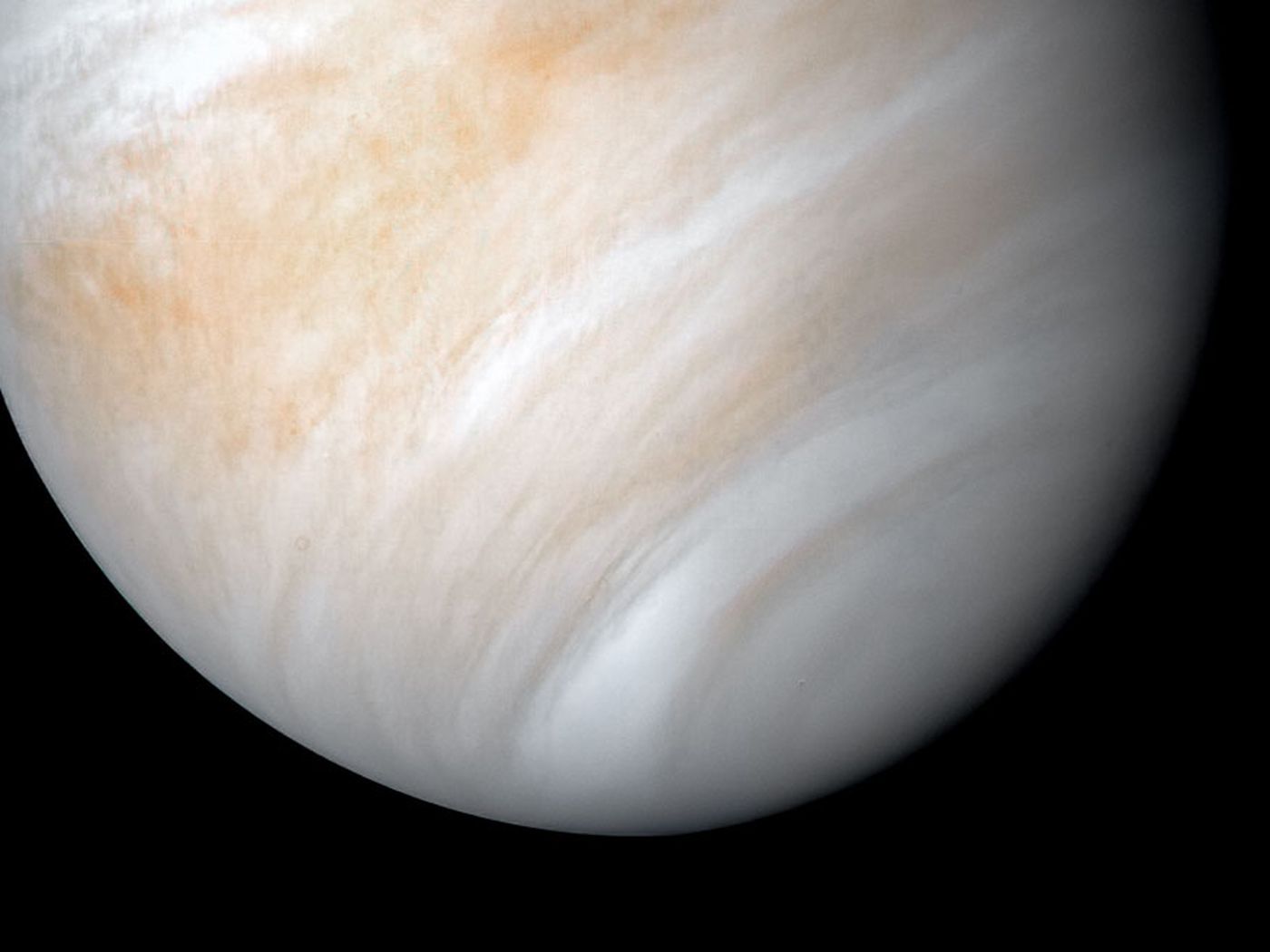
A powerful European Ariane 5 rocket boosted NASA’s $10 billion James Webb Space Telescope into space on Christmas Day, kicking off a great attempt to capture light from the first galaxies to form in the aftermath of the Big Bang.

Astronomers and geologists have recently concluded that most rocky planets orbiting nearby stars are more diverse and exotic than previously thought, with types of rocks not found anywhere in our Solar System.

U.S. scientists recently discovered that water was once present in a region of Mars called Arabia Terra.

So far, only six countries have successfully launched more than 1 ton of equipment into space using domestically developed rockets. Now, a seventh, North Korea, has successfully done so, almost successfully.

Totality was visible only in Antarctica on early Saturday, experienced by a small number of scientists experts and adventure tourists.

Nasa's Dart mission has launched on a mission to test technology that could one day tip a dangerous asteroid off course. The spacecraft will crash into an object called Dimorphos to see how much its path can be altered.

The moon’s regolith is made up of approximately 45 percent oxygen. Each cubic meter of lunar regolith contains 1.4 tons of minerals on average, including about 630 kilograms of oxygen.

The launch came five years and one month after Astra was founded in 2016. SpaceX required six years and four months and Virgin Orbit needed seven or more years to successfully reach orbit.

The results from Mars simulations, Project Sirius and project Mars-500, showed worrisome outcome - the astronauts become detached from mission control and almost autonomous with time.

New findings from NASA's Juno probe orbiting Jupiter provide a fuller picture of how the planet's distinctive and colorful atmospheric features offer clues about the unseen processes below its clouds.

Astronomers have discovered unusual signals coming from the direction of the Milky Way's centre. The radio waves fit no currently understood pattern of variable radio source and could suggest a new class of stellar object.

New research suggests that water never condensed and that, consequently, oceans never formed on the surface of Venus. One of the main reasons for this is the clouds that form preferentially on the night side of the planet.

The most powerful previously detected quakes occurred in the Cerberus Fossae region on Mars, where lava may have flowed in the geologically recent past.

Scientists have long noticed an absence of ammonia in the atmospheres of Uranus and Neptune. Scientists now think that ammonia in the upper atmosphere formed “mushballs” by merging with water.

The first research paper from Perseverance rover team was published lately. It shows that Jezero Crater on Mars was probably the site of some violent floods.